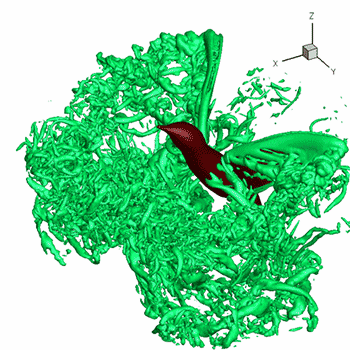How do you write # y= |x-5| -4# as a piecewise function?
2 Answers
Start with the piecewise definition of the absolute value function:
Substitute
Simplify the inequalities:
Distribute the -1:
Make two separate equation of the original:
Simplify:
Explanation:
First let's look at the graph or the original function
 )
)
The left half of the graph where
Using the slope intercept form of a line
The right half of the graph where
Using the slope intercept form of the line
Written in piecewise form
Note that I arbitrarily assigned

